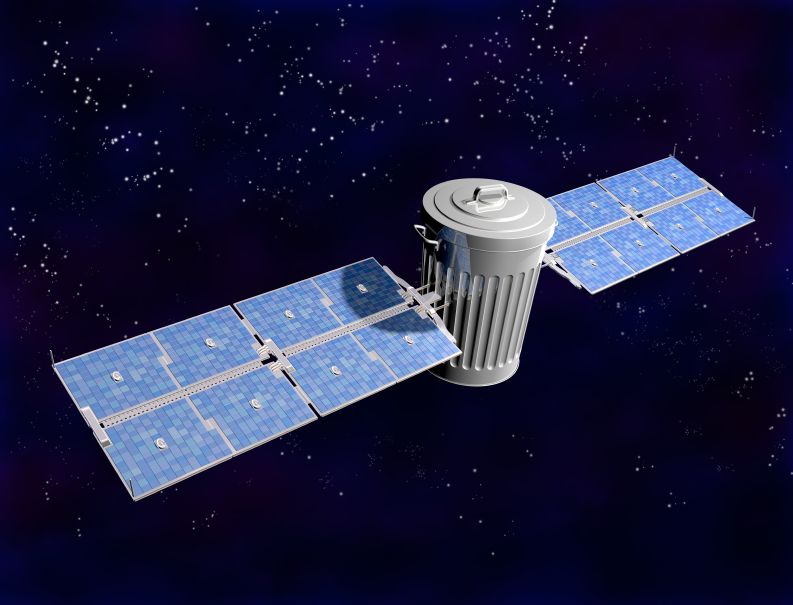
Did you know that scientists are looking for ways to improve current propulsion systems for existing satellites and future space missions? Indeed they are, and it seems that the experts working at the European Space Agency (ESA) have just come upon a potential solution.
The ESA announced that it successfully tested a new prototype ion engine that's powered by air, and could serve as a viable propulsion system for both manned and unmanned missions to Mars. Its effectiveness could also improve orbiting satellites that need to remain "afloat" for long periods of time.
It's said that typical satellites use onboard propellants in order to stay in operation, and usually it's xenon. This propellant is used to adjust the orientation of orbiting satellites and also to prevent their orbits from decaying. The thing about this current method is that their life is rather limited due to the fixed amount of propellant that they can carry. As such, the ESA's new "air breathing" design could be much more efficient, taking advantage of molecules present in the upper atmosphere and converting them quickly into actual usable fuel.
ESA worked closely with Space, Science, Industrial & IoT Solutions (SITAEL) to conduct their tests, which were done in a vacuum chamber in Italy in order to simulate an altitude of about 125 miles. According to Louis Walpot, the lead of the project, the basis of the new design is rather simple and straightforward. "This project began with a novel design to scoop up air molecules as propellant from the top of Earth's atmosphere," said Walpot.
The thruster has no moving parts, and only requires electricity for its coils and electrodes in order to function. Through the use of solar panels or through nuclear decay, it's easy to generate electricity. But what's needed is thrust, so that's where the rest of the thruster's design comes into play.
The scientists behind it have come up with a brilliant way of countering the normal orbit decay that usually occurs with satellites. An electric field is used in order to compress air and accelerate the stream of plasma that's created. "Providing atmospheric drag compensation without the use of carry-on propellant," explained Walpot, "this kind of electric propulsion would let satellites orbit at very low altitudes around Earth for very long operational time."
Otherwise, the orbits of satellites would just decay quickly and they would end up re-entering Earth's atmosphere, eventually falling back down to Earth itself, Walpot added. (Related: Nearly ALL communications satellites could be obliterated in the next few years from a cascading “explosion” of space debris.)
The work done by the scientists here is based on a standard Hull thruster design that has been known for quite some time. They changed things up by using oxygen and nitrogen in their tests in order to prove that a new collector intake, which was created to gather air molecules while the engine moves through space at a speed of almost five miles per second, could really work in actual space missions. Walpot said that the "collector-plus-thruster design" is completely passive, and only requires electricity to ionize the compressed air to function.
"This result means air-breathing electric propulsion is no longer simply a theory but a tangible, working concept, ready to be developed, to serve one day as the basis of a new class of missions," Walpot stated.
The prototype they created should serve as a viable basis for even more efficient designs that could be created in the future. For now, it will likely be at the center of even more tests to gather more information about its use in future space missions.
Read more about the latest research on space engines and satellites in Space.news.
Sources include:
Please contact us for more information.




















